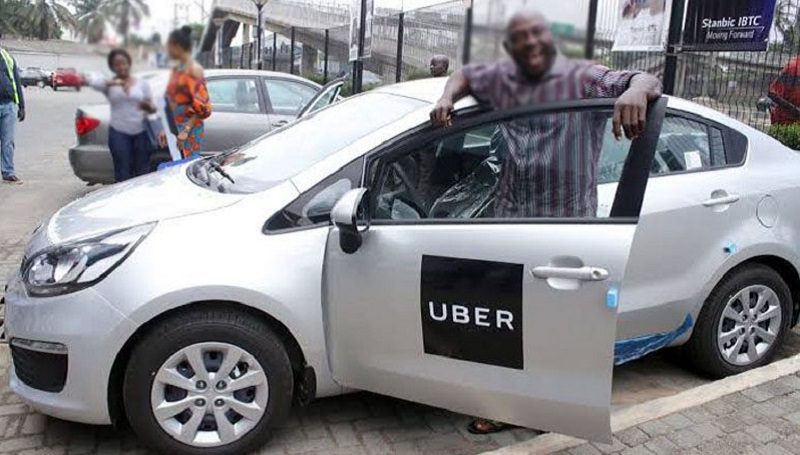Uber, the global ride-hailing giant, is testing a subscription-based model for drivers in India, sparking speculation about its expansion to emerging markets like Nigeria. The company announced it will replace its commission system with fixed weekly, monthly, or yearly fees for drivers using its auto-rickshaw (Uber Auto) service.
Uber’s SaaS Model: Key Changes
Under the new Software-as-a-Service (SaaS) model, drivers pay a flat fee for app access while retaining control over fares and payments. Key features include:
- No Commissions: Drivers keep 100% of trip earnings.
- Cash/UPI Payments: Riders pay drivers directly, bypassing digital wallets.
- Fare Flexibility: Drivers and riders negotiate fares; Uber only suggests rates.
- Limited Liability: Uber handles safety issues but stays out of fare disputes.

This shift, rolled out in India on February 18, 2024, aims to help Uber compete with rivals like Ola, which already use subscription pricing.
Why Emerging Markets Like Nigeria?
Uber’s move aligns with trends in emerging markets, where drivers often prefer predictable costs over variable commissions. For context:
- Nigeria’s Ride-Hailing Scene: Drivers currently pay 20-25% commissions to Uber and Bolt. A subscription model could ease financial pressure amid fuel hikes and inflation.
- Competitive Pressure: Local apps like InDrive already let drivers set fares, forcing Uber to adapt.
An Uber spokesperson stated:
“The industry’s shift to subscriptions left us no choice. This ensures we stay competitive in markets like India—and potentially others.”
Implications for Nigeria
If Uber extends the subscription model to Nigeria:
- Driver Costs: Fixed fees could benefit full-time drivers but hurt part-timers.
- Rider Experience: Cash payments may deter users accustomed to app-based transactions.
- Regulatory Hurdles: Nigeria’s FRSC and NCC may need to review policies on fare transparency and safety.
Critics argue the model shifts financial risk to drivers, who must now cover subscription fees regardless of earnings.
Global Context & Competitor Moves
Uber’s pivot mirrors strategies by Southeast Asia’s Grab and Latin America’s Didi, which blend subscriptions with dynamic pricing. In Africa, Bolt has yet to adopt this model but faces pressure to innovate as inflation squeezes drivers.
Will Nigeria Adopt Uber’s Subscription Model?
While Uber hasn’t confirmed plans for Nigeria, its focus on emerging markets suggests a likely rollout. Success hinges on:
- Affordable Fees: Balancing driver income and Uber’s revenue needs.
- User Adoption: Convincing riders to pay cash in a digital-first economy.
For updates, track Uber’s global blog or Nigeria’s National Automotive Council.













